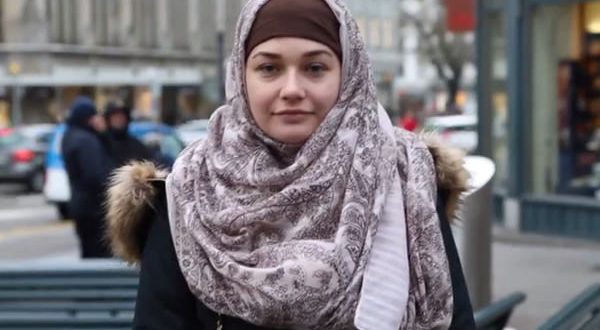Today marks World Hijab Day. First celebrated on February 1, 2013, it has grown globally in recognition of the millions of Muslim women who choose to wear the headscarf.
What is the hijab?
The hijab is the name for Islamic headscarves that cover the hair but it is also a general term for modest Muslim dress.
The type of headscarf most commonly worn in the West covers the head and neck but leaves the face exposed.
In contrast, the burka – a full face and body covering – is the most concealing form of Islamic dress.
What is World Hijab Day?
The organisers of World Hijab Day (WHD) are asking women of all faiths to wear a hijab in solidarity with Muslim women on February 1.
New Yorker Nazma Khan started the global movement five years ago by asking women around the world to wear the hijab for the day in 2013.
Ms Khan said: “I thought If I could invite women of all faiths – Muslim and non-Muslim – to walk in my shoes just for one day, perhaps things would change.”
This year women are being asked to post a photo of themselves wearing a headscarf on social media using the hashtag #iStand4Hijab.
The organisers say: “The overall mission of WHD is to create a more peaceful world where global citizens respect each other.
“Particularly, WHD focuses on fighting bigotry, discrimination, and prejudice against Muslim women.
“This is most crucial in these times where Hijab is being banned in some countries while in other countries, Muslim women are being targeted and harassed verbally and physically.”
Women are required to wear headscarves in Muslim countries such as Iran and Saudi Arabia.
But France has banned hijabs and other overt religious symbols in public schools, universities and government buildings.
Agencies/Canadajournal
 Canada Journal – News of the World Articles and videos to bring you the biggest Canadian news stories from across the country every day
Canada Journal – News of the World Articles and videos to bring you the biggest Canadian news stories from across the country every day



